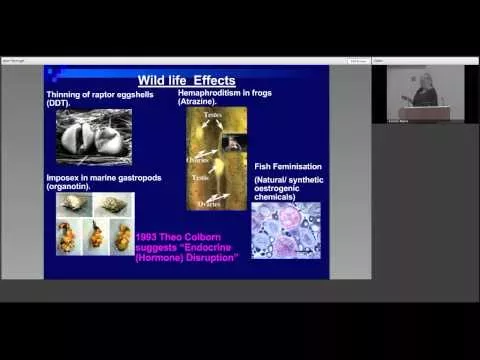Pollution and human well being within the age of guy
October’s Shell London lecture, delivered by Jane Plant (Imperial College, London) at the Geological Society on 10 October 2012.
Approximately 160 000–200 000 years ago a biological change took place that would disrupt the natural equilibrium of the Earth, an equilibrium that had existed for the previous 4.5 ga. At that time Homo sapiens, evolved in east Africa and, from about 70,000 years ago, began to spread around the Earth. At first, as hunter-gatherers Homo sapiens made little impact on Earth systems, but from about 9000 years ago settled agriculture saw the first anthropogenic changes to chemicals in the environment.
Soils were depleted of essential trace elements and this was reflected by loss of stature and increased prevalence of disease in human skeletal remains; many other species extinctions date from this time. Mining and mineral working, initially for gold but later for copper, tin and other raw materials, caused local pollution — especially with arsenic and mercury.
Large-scale disruption of the Earth system began in Europe in the seventeenth century with the agricultural and industrial revolution in Britain. This was increasingly dependent on the use of fossil fuels for energy and agrichemicals, and by the second part of the twentieth century the natural equilibrium of the Earth had been destroyed. There was an increasing impact as a result of burgeoning populations, increased consumption of energy-intensive animal- rather than vegetable-based protein and a demand for material possessions and travel. New chemicals were developed for plastics, detergents and pharmaceuticals, and, more recently, new materials such as engineered nanomaterials have begun to be released into the environment.
Politicians are battling to deal with just one of the chemical impacts of these changes — the accumulation of greenhouse gases in the atmosphere, with the potential to cause massive climate change. But there are many other serious man-made chemical threats to the Earth as a planet capable of sustaining human life. The presentation will explore some of the most important of these and indicate some of the fundamental changes in human behaviour that are needed if human life on Earth is to be sustained beyond the twenty-first century.


No Comments